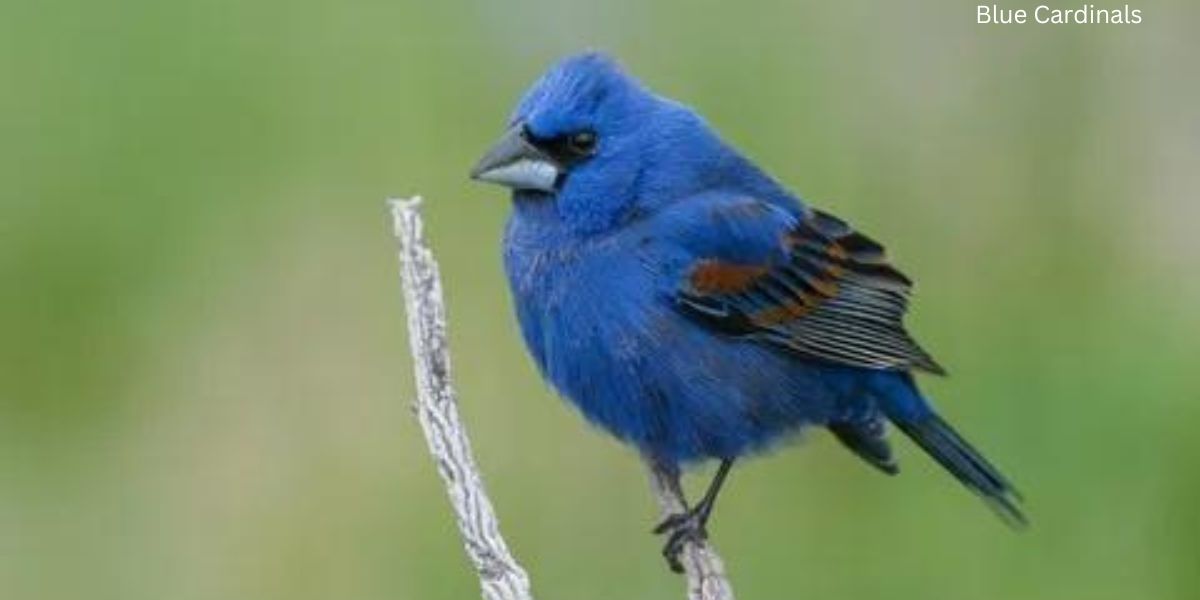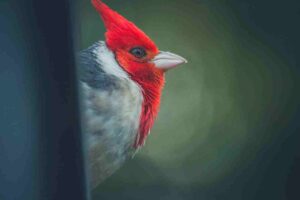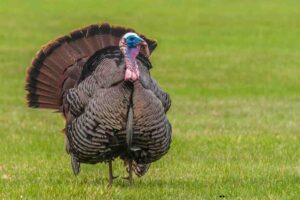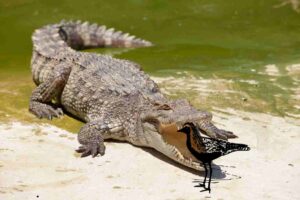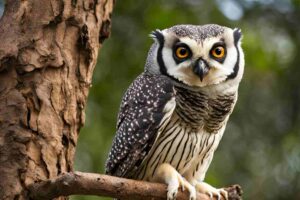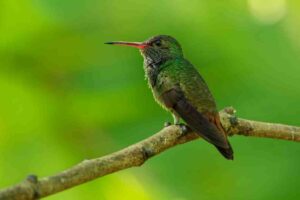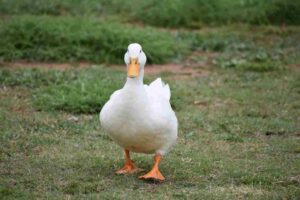Perhaps few birds have been so captivating for bird enthusiasts as the cardinal. Their bright red color and melodic songs make them a favorite in backyards across North America. However, are there blue cardinals, or is it just our imagination? This comprehensive guide delves into the mystery surrounding blue cardinals, explores colors and species similar to them, and talks about the importance of these beautiful birds.
Understanding Blue Cardinals Meaning

Northern Cardinal
Most widely seen cardinal is the Northern Cardinal (Cardinalis cardinalis). This mid-sized songbird lives in North America and is known for having impressive plumage – all males wear vibrant red feathers. In comparison, females appear more muted, with brownish or tan backgrounds and warm red touches.
Cardinals are identified with their crest, long tails, and strong, sharp bill, which is primarily used to crack seeds.
Discover the fascinating symbolism behind the sparrow bird tattoo and what it represents in personal growth and freedom. For more insights, check out this important point on sparrow bird meaning tattoo:
Colors of Cardinays
Although red is the definitive color of the Northern Cardinal, it must be noted that plumage coloration can differ in birds for a variety of reasons including diet, genetics, and environmental conditions. Some birds may have a more subdued color scheme or different expressions of their coloration which has led some to ponder other color phases, such as blue.
Are There Blue Cardinals?
The Myth of Blue Cardinals
To answer directly: No, blue cardinal species do not exist. There has been a lot of talk and misinformation regarding blue cardinals on the internet and social media, usually due to photo editing or misidentification of bird species. Genetically speaking, cardinals do not contain genes that would create blue feathers.
How Bird Coloration Works
Birds’ colors can be divided into two major categories: pigment and structural coloration. Colors based on pigments are those produced by pigments in the feathers, whereas structural colors are created by microscopic structures that reflect light to produce bright colors.
The blue coloration in birds such as the Blue Jay and Indigo Bunting is not based on pigmentation but on structural coloration.
Discover fascinating insights into the lifespan of owls and what factors influence their longevity in the wild. For an in-depth exploration, check out this comprehensive guide on owl lifespans.
Notable Blue Birds
Although blue cardinals are a purely mythical bird, other birds display gorgeous blue plumage as well. A few examples are as follows:
Indigo Bunting (Passerina cyanea)

The Indigo Bunting is a blue-breasted bird, with really bright colors during the breeding period. Males are bright blue, and females are duller in color, being brown and yellow.
These birds live across North America, particularly on the eastern and central parts of the continent, and are often seen foraging in open fields and woodland edges.
Explore the deeper meaning of sparrow bird symbolism in this insightful article. Discover fascinating insights about these birds and what they represent by visiting.
Blue Grosbeak Passerina caerulea)

The Blue Grosbeak is another beautiful blue bird that occurs primarily in the southern United States. Males have deep blue plumage with brownish wings and a stout, seedcracking bill.
They like shrubby habitat and often are seen at the edge of farmland and along brushy areas.
Scrub Jay (Aphelocoma californica)

The Scrub Jay is a beautiful bird species native to western North America. It features bright blue feathers on the back and head, along with a white throat and belly. Scrub Jays are intelligent birds that live in scrub and open woods.
For intriguing insights into the fascinating world of Canadian geese, check out this article on whether they have teeth: What are Canadian Geese Teeth?. Discover surprising facts about their diet and anatomy!
Eastern Bluebird (Sialia sialis)

The Eastern Bluebird is one of the favorite birds because of its cheerful song and attractive coloration. Male birds are brightly colored on top, while the breast is warm orange, while females are rather drab. They can be seen in open fields, parks, and suburbs, making them fairly easy to see.
Blue Jay (Cyanocitta cristata)

One of the most abundant blue birds in North America is the Blue Jay. Identified by their brilliant blue feathers and prominent crest, Blue Jays display complex social dynamics and diversified diets. They are clever birds that often forage and breed in a wide variety of environments.
If you’re curious about the dietary habits of Madagascar owls, this article provides intriguing insights. Discover more about their diet and behavior in this comprehensive guide: Are Madagascar owls snake eaters?
Steller’s Jay (Cyanocitta stelleri)
The Steller’s Jay is a distinct bird that inhabits the west areas of North America. This bird has a beautiful dark blue coat with a distinctive crest on its head. One can often spot these birds in forest and mountainous regions, which make them more audible and curious; they are also found in campsites and picnic grounds, interacting in turn with humans.
Common Misidentifications
Many birdwatchers, especially beginners, may misidentify bluebirds or other blue-feathered species as blue cardinals, contributing to the long-standing myth of blue cardinals. The different shades of blue in these other species can sometimes appear similar to what one might imagine a blue cardinal would look like.
Why the Confusion?
The confusion surrounding blue cardinals may stem from several factors, including:
Lighting Conditions: The coloring of birds may change when lighting conditions do, or due to photo manipulation, which can make people believe they have seen a blue version of a cardinal.
Color Variability: Remember how there’s some variation between the coloring of individual birds because of genetic factors.
- Cultural Mythology: The idea about blue cardinals may be from cultural tales, magical realism or urban legends which often blur the borderline between reality and fantasy.
What Do Blue Cardinals Mean?
Since blue cardinals don’t exist, we focus on the general symbolic meanings related to cardinals and even the cultural connotations with birds that have a blue feather color.
Cardinal Symbolism
In many cultures, cardinals are considered to symbolize hope, love, and spirituality. The bright red of the Northern Cardinal often represents power and passion. Many believe that if one sees a cardinal, it is a sign from a loved one who has passed away, urging one to remember the love shared in their lifetime.
Meaning of Blue jay Birds
Blue birds often signify peace, fidelity, and peace. Their exceptional color might bring a sense of serenity and symbolize the beauty of nature. Many birdwatchers feel special for the blue birds as these are considered good luck and positive changes’ harbingers.
Curious about the sounds of the Great Horned Owl? Discover more fascinating details about this majestic bird’s vocalizations .
Spiritual Significance
In various spiritual beliefs, the appearance of blue birds, whether real or imagined, may be interpreted as a message of guidance, encouragement, or divine presence. The color blue is often associated with communication, honesty, and peace.
Where Are Blue Birds Found?
While blue cardinals may not exist, the birds mentioned earlier can be found in specific habitats throughout North America. Let’s examine their ranges more closely:
- Indigo Bunting: Breeds in eastern and central North America. Wintering in southern Mexico and Central America.
- Blue Grosbeak: Found in the southern United States, extending into Central America, particularly in shrubby habitats and agricultural areas.
- Scrub Jay: Commonly found in the western United States, including California and parts of Arizona, Texas, and New Mexico.
- Eastern Bluebird: Widespread throughout North America, typically favored open fields, parks and other suburban areas.
- Blue Jay: Common in eastern and central North America, thriving around parks, gardens, and edge of forests.
- Steller’s Jay: Widespread in western US and Canada, generally remaining in forests and mountainous districts.
Birding to View the Blues
If you are in the mood for spotting blue birds, here’s how you can attract them to your yard or on your walks:
- Create habitat: Provide naturalistic landscapes that are equipped with native shrubs and wildflowers as well as open areas in which many bird species can easily thrive.
- Feeder: Use feeders filled with seeds that attract blue birds, including sunflower seeds or safflower seeds.
- Water Sources: Install birdbaths or water features to provide hydration for visiting birds.
- Shelter: Plant trees and shrubs to offer shelter and nesting areas for blue birds.
- Observation: Spend time outdoors, particularly during breeding season or migration periods when birds can be more active and visible.
Final Thought:
Therefore, the concept of blue cardinals is more of a myth, but it leads to the attraction and interest of people regarding birds, particularly cardinals. While cardinals may not have any blue tones, there are some excellent avian species such as the Indigo Bunting, the Blue Grosbeak, and the Blue Jay which adorn our skies with spectacular colors and melodic musicality.
FAQs:
What family do blue jays belong to?
Blue jays belong to the Corvidae family, which includes crows and ravens.
Is a blue jay a cardinal?
No, blue jays and cardinals are different species of birds belonging to separate families.
How can I distinguish between a blue jay and a cardinal?
Blue jays have bright blue feathers with white and black markings, while cardinals are primarily red with a distinctive crest on their head.
Are blue jays and cardinals found in the same habitats?
Yes, both species can be found in similar environments such as woodlands, gardens, and parks across North America.
Can I attract both blue jays and cardinals to my backyard?
Yes! Providing bird feeders filled with seeds like sunflower or safflower will attract both species.
